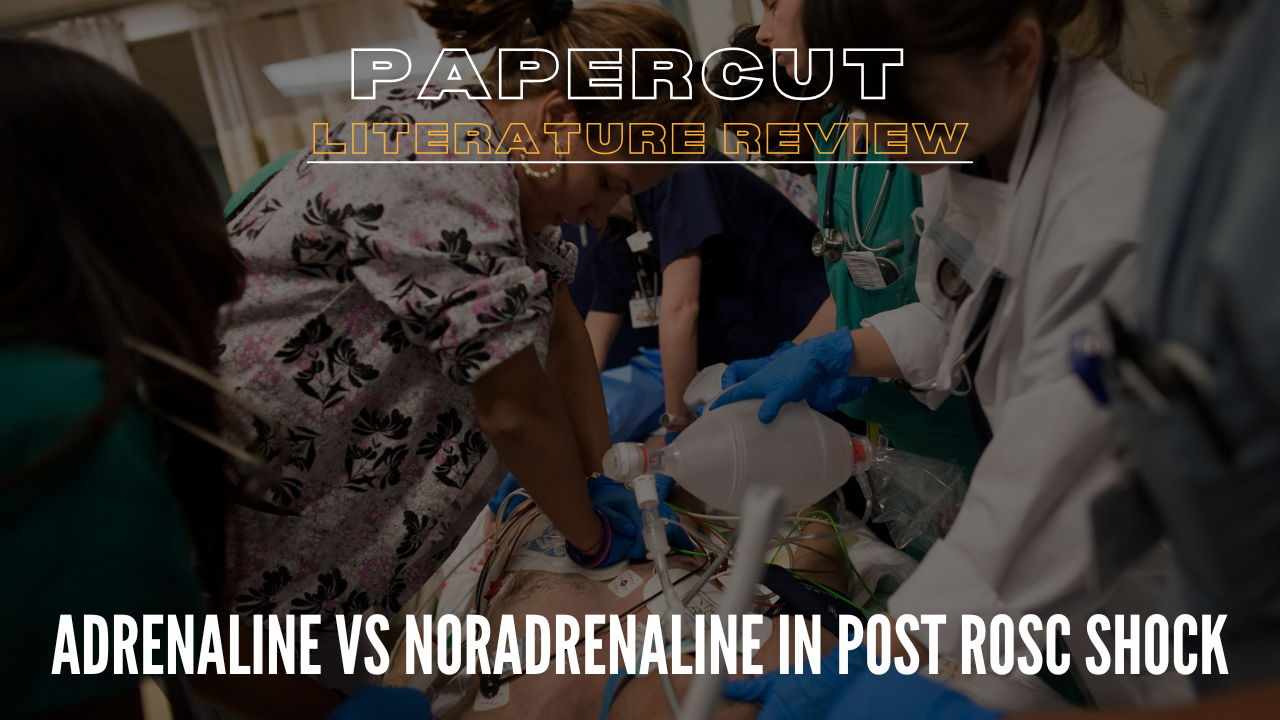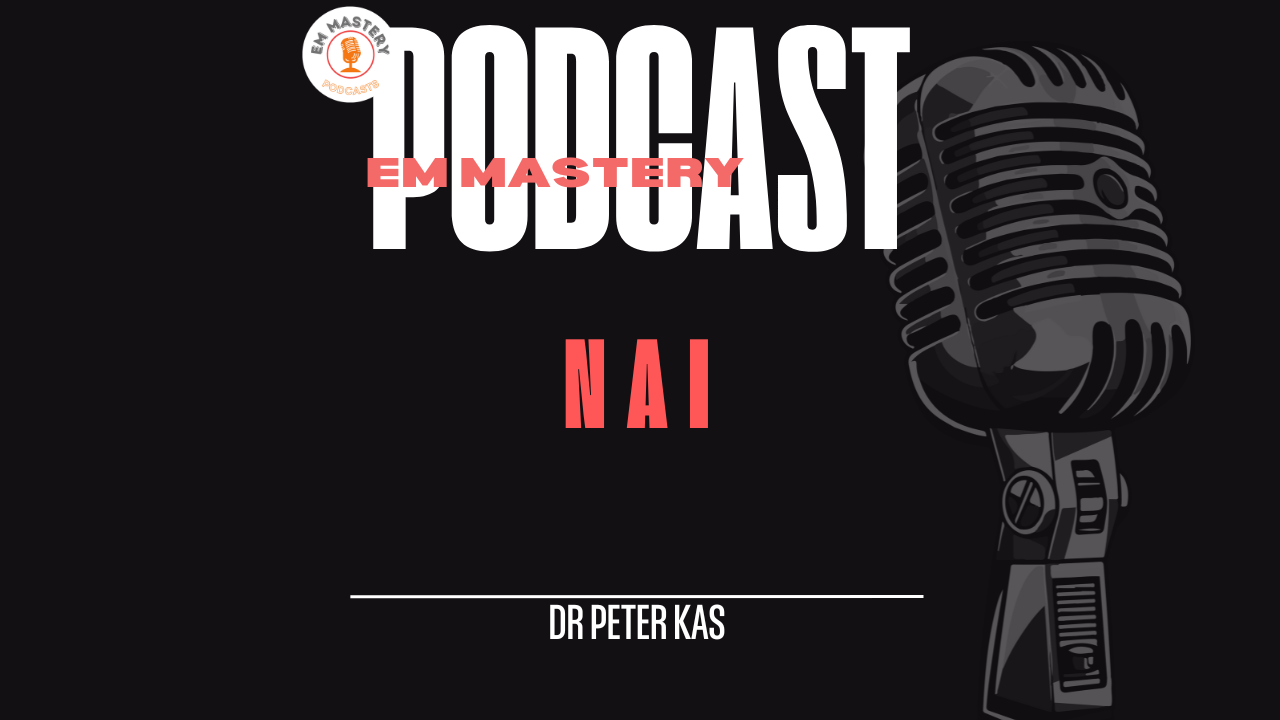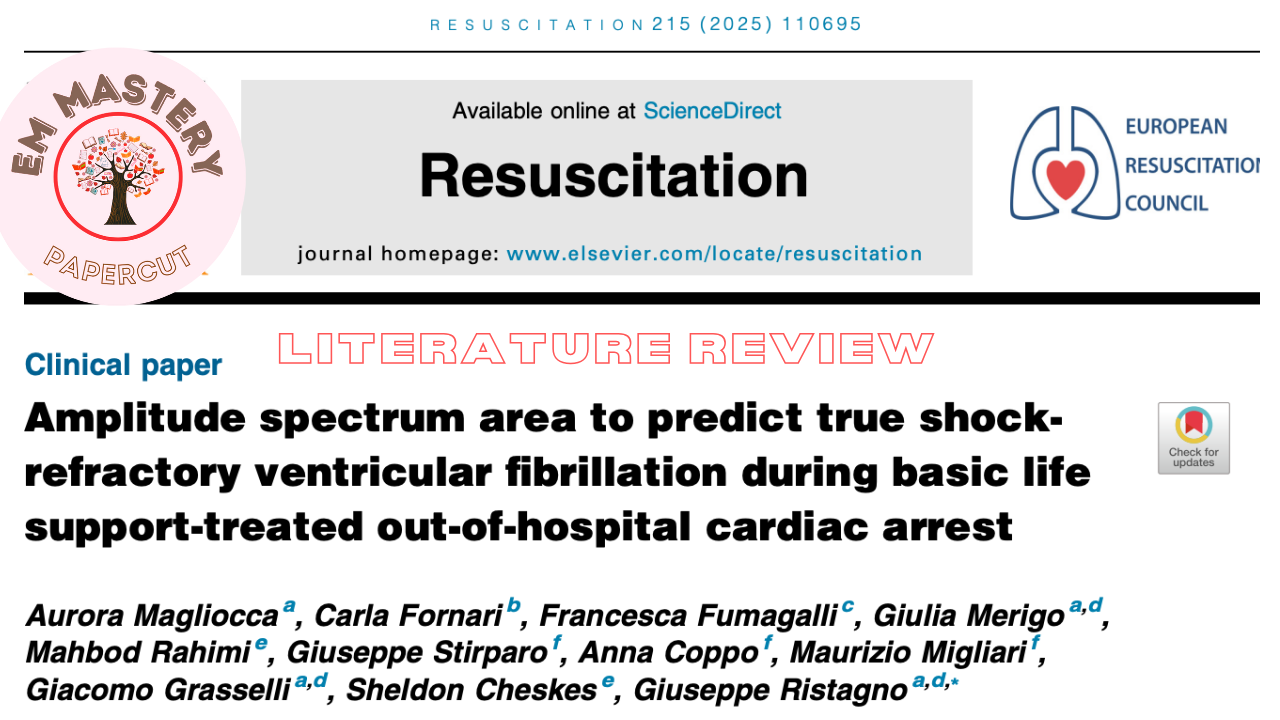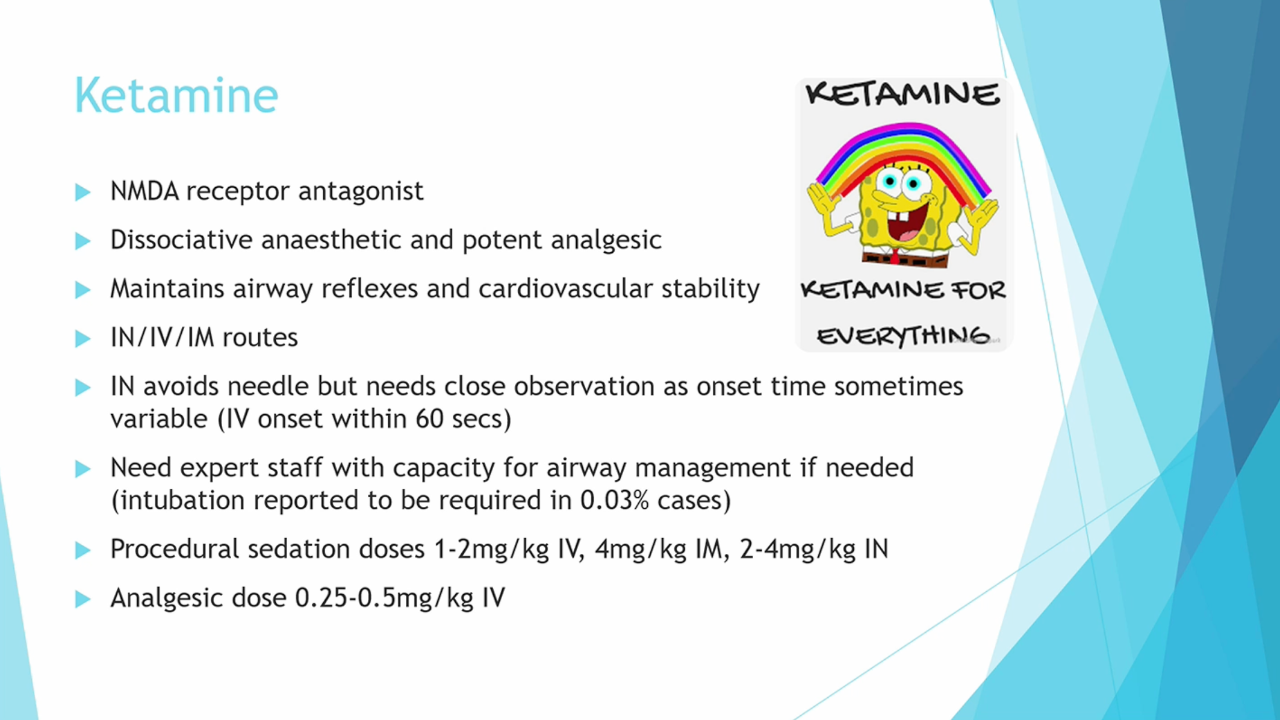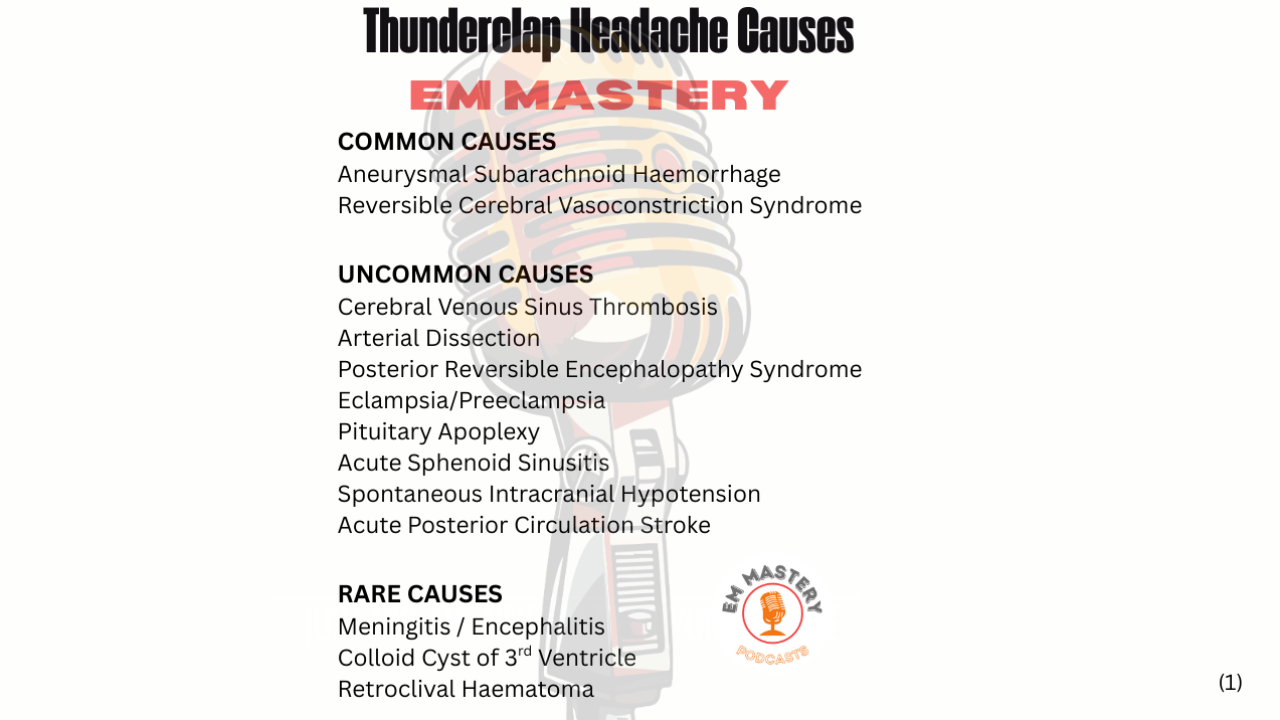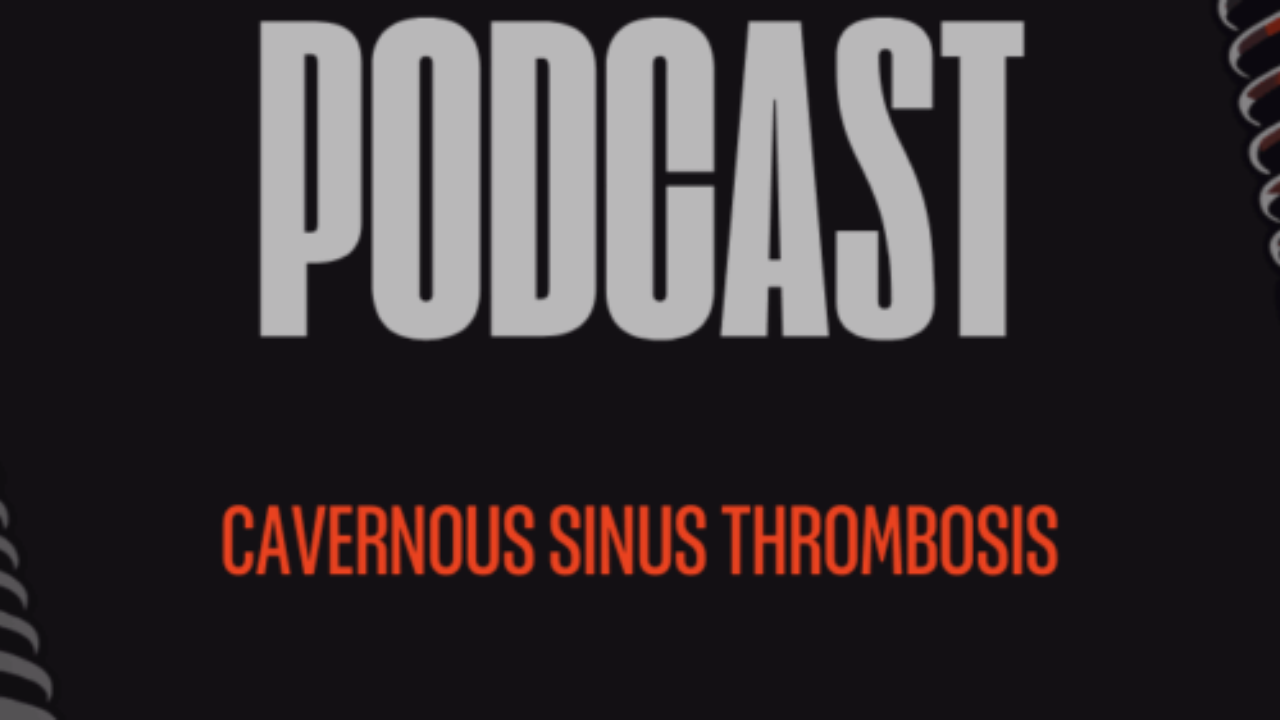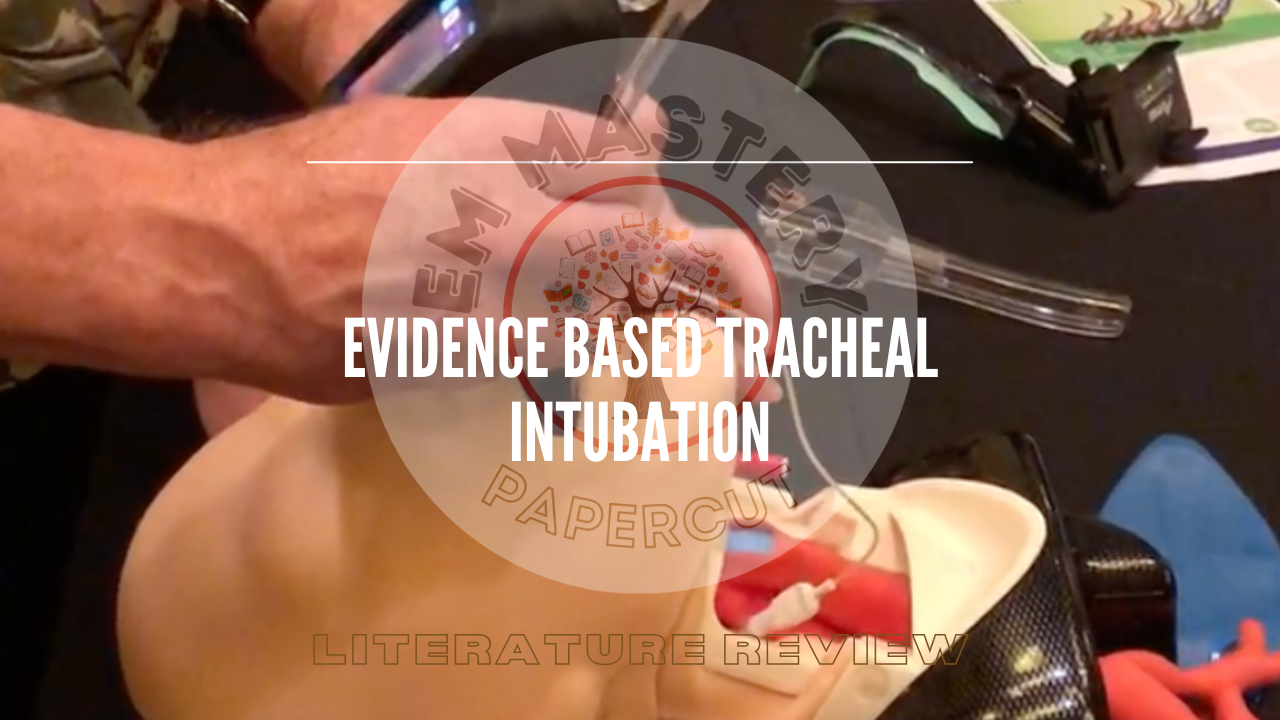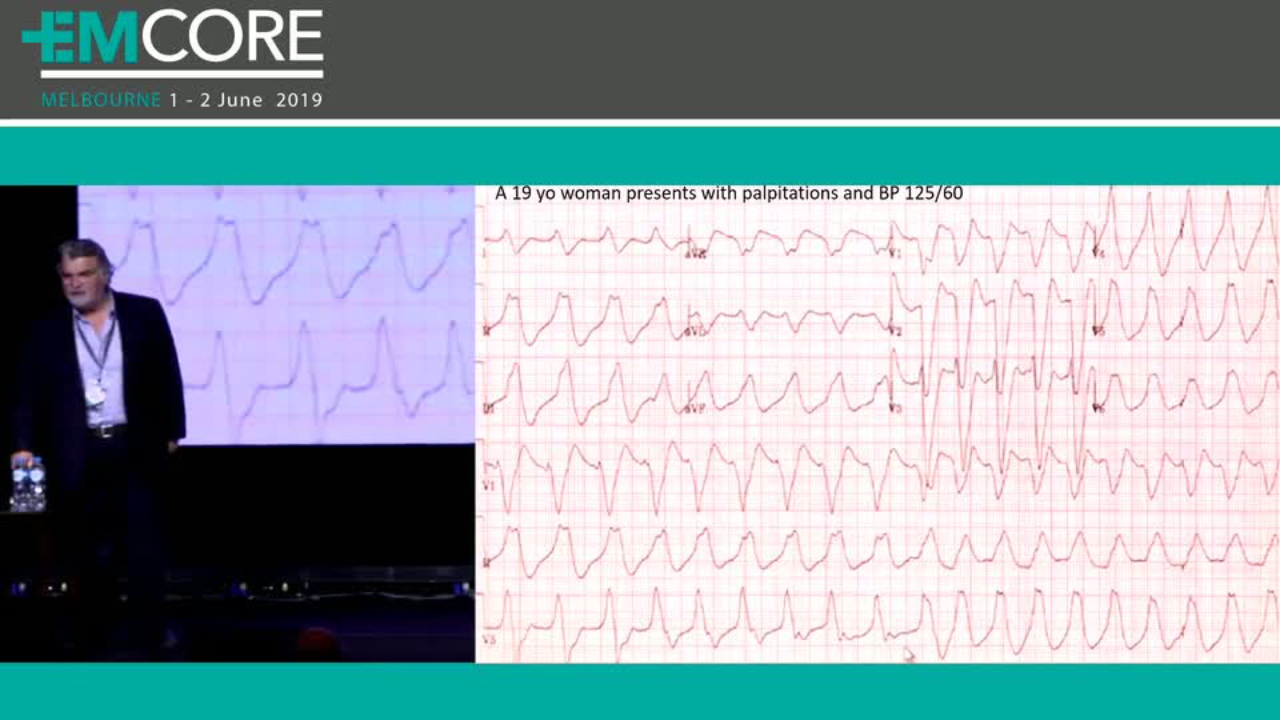
Mastery: PEA. Do you Hocus Pocus?
May 18, 2024A 68 yo patient is brought into the ED, post cardiac arrest.
The patient collapsed whilst out. Down-time was approximately 5 minutes; bystander CPR was commenced. ROSC was present when the ambulance arrived. The patient never regained consciousness. The patient lost output again, and CPR was again commenced. ROSC was achieved.
The patient has arrived into the Emergency department and is getting lines, including large peripheral and arterial, when he loses out put again.
The nurse states there's no pulse but there is an organised rhythm on the monitor.
CPR is commenced. The diagnosis at this point is Pulseless Electrical Activity (PEA).
The ACLS algorithm lumps all non-shockable rhythms together. Asystole and PEA are not the same. The survival rates are different and the fact that a term such as pseudo-PEA exists, reminds us that PEA may not be PEA.
There is no such thing as pseudo-PEA. There is either PEA or there is profound shock; two different entities with a significant difference in survival.
What is PEA?
PEA is becoming a more common presentation in out of hospital cardiac arrests (1). Our diagnosis of PEA is based on an organised rhythm being present but no pulse.
What if there is no pulse, but there is cardiac activity. Not a little flutter of the valves, but actual activity?....but still no pulse? Thus has been called pseudoPEA……… but it’s not pseudo-anything, it is shock.
Why is this important?
PEA has a very poor prognosis at best 2% survival to neurologically intact hospital discharge. Shock, has a potential better survival, up to 5 fold better.
Finding a pulse depends on many factors:
- Operator experience
- Decreased body temperature
- Obesity
- Low cardiac output
Trying to find a pulse may delay CPR, just as it will if there is a false positive finding. A false negative finding may lead to CPR that is asynchronous with natural cardiac motion and lead to harm(2).
Why is it so important to look for cardiac contractions?
An organised rhythm with no contractions is PEA. However an organised rhythm with contractions and no pulse is profound shock. The FEEL Study (3) found that 58% of patients thought to be in PEA had coordinated cardiac motion. ECHO resulted in a change in management in 78% of cases.
Use of ultrasound to detect pulses is not inferior to manual pulse checks (4)
Finding the pulse with ultrasound(4):
- Was not slower with manual palpation
- Required fewer attempts
- Had less variability in times.
We must apply ultrasound to our everyday cardiac resuscitation, when we suspect PEA. This can be done quickly and effectively.

References
- Andrew E et al. Outcomes following out of hospital cardiac arrest with an initial cardiac rhythm of asystole or pulseless electrical activity in Victoria, Australia. Resuscitation 85(2014). 1633-1639.
- Hogan T.S. External cardiac compressions may be harmful in some scenarios of pulseless electrical activity. Medical Hypothesis Vol 79 Issue 4. October 2012. 445-447.
- Breitkreutz R et al. Focused echocardiographic evaluation in life support and peri-resuscitation of emergency patients: A prospective trial.Resuscitation 2010;81:1527-1533.
- Badra K et al. The POCUS pulse check: A randomised controlled crossover study comparing pulse detection by palpation versus by point of care ultrasound. Resuscitation 139(2019) 17-23.
- Flato UAP, et al. Echocardiography for prognostication during the resuscitation of intensive care unit patients with non-shockable rhythm cardiac arrest. Resuscitation. 2015;92:1-6.
Join Our Free email updates
Get breaking news articles right in your inbox. Never miss a new article.
We hate SPAM. We will never sell your information, for any reason.


